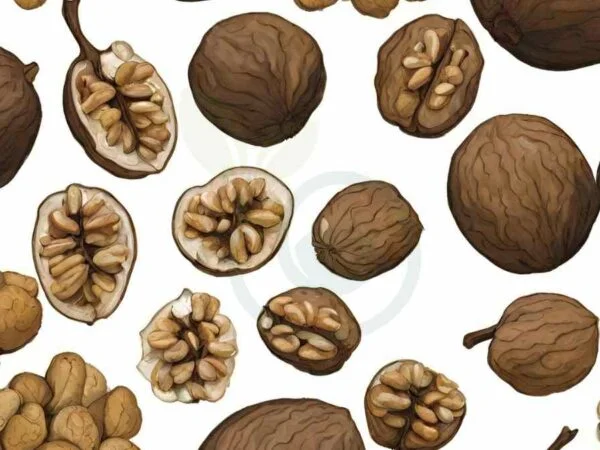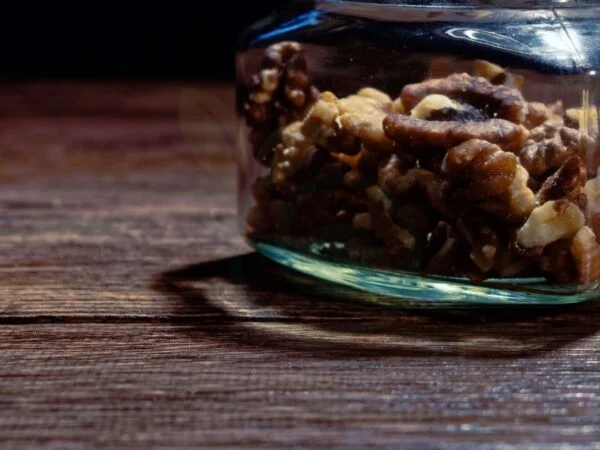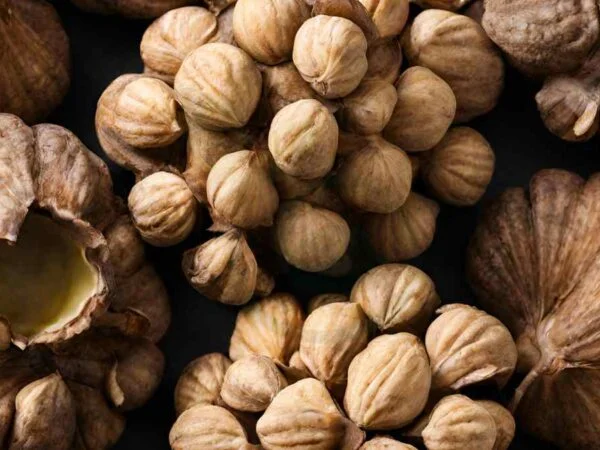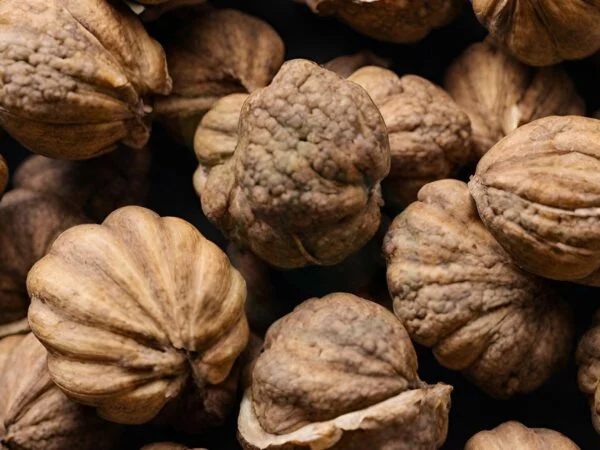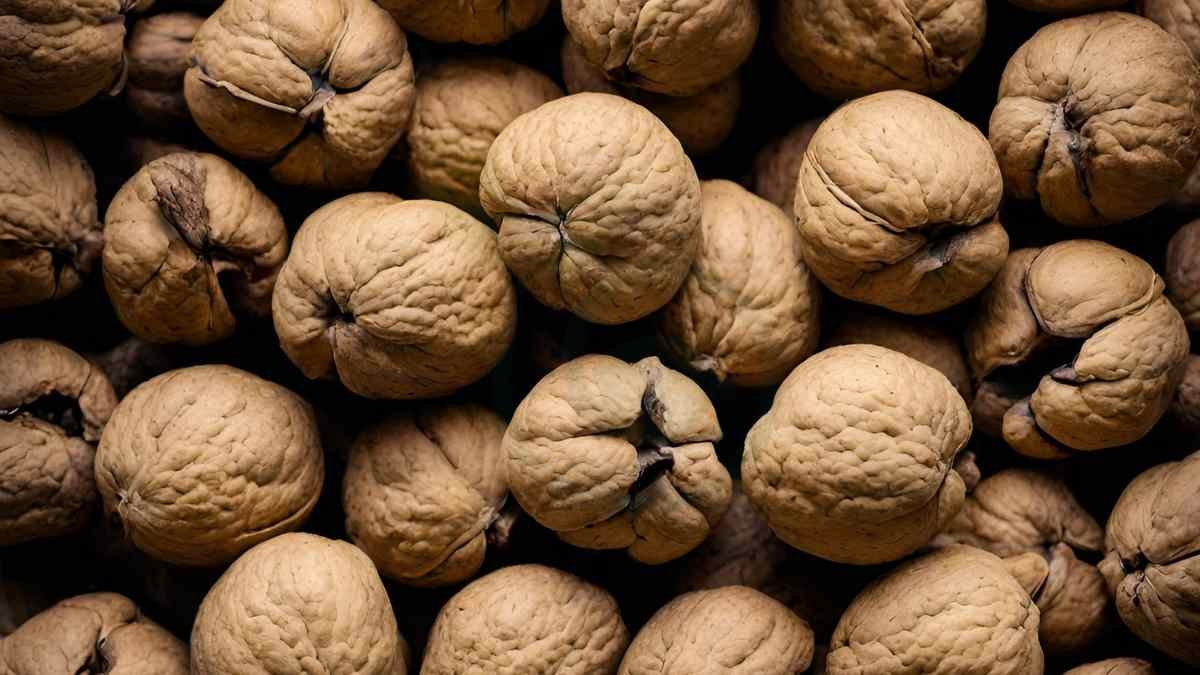
Did you know that black walnuts, like oak acorns, can be a tough nut to crack when it comes to curing them? If you've ever tried to cure black walnuts at home, you might have faced challenges in achieving the desired results. But fear not, as we're here to share some effective methods and tips to help you successfully cure black walnuts right in your own kitchen. From preparing the nuts for curing to selecting the best curing method, we've got you covered with practical advice that will have you enjoying delicious cured black walnuts in no time.
Key Takeaways
- Harvest black walnuts at the right time: Gather the nuts when they fall from the tree to ensure they are ripe and ready for processing.
- Utilize proper hulling techniques: Remove the outer hulls carefully to prevent staining and prepare the walnuts for the next steps.
- Dry walnuts thoroughly: Dry the nuts in a well-ventilated area for several weeks to reduce moisture content and enhance flavor.
- Crack walnuts efficiently: Use a nutcracker or hammer to crack open the shells without damaging the kernels inside.
- Choose suitable curing methods: Opt for air-drying or brining techniques to cure black walnuts effectively.
- Store cured walnuts properly: Keep the nuts in a cool, dry place to maintain their quality and prevent spoilage.
Walnut Essentials
Importance
Harvesting black walnuts at the right time is crucial to ensure optimal flavor and texture. Proper hulling and drying processes play a key role in maintaining the quality of black walnuts, preventing mold growth and rancidity. Storing black walnuts correctly in a cool, dry place helps to preserve their freshness and prevent spoilage.
Best Time
Identify the optimal period for harvesting black walnuts by waiting until they have reached full maturity on the tree. To determine readiness for harvest, assess the hull texture, aiming for a firm but pliable feel. Timing is essential in harvesting in the right location to maximize nut quality, ensuring they are flavorful and nutritious.
Harvesting Guide
Techniques
Explore effective techniques for hulling black walnuts post-harvest. Utilize methods like using a cement mixer or pounding with a hammer to hull the walnuts. Washing and sorting the walnuts after hulling is crucial for quality maintenance.
Tools Required
Identify the essential tools needed for hulling black walnuts effectively. Essential tools include a corn sheller or an automobile wheel that aids in hulling. Using appropriate tools is significant for efficient walnut processing.
Hulling Process
Methods
Drying black walnuts post-harvest can be done using various methods. Natural drying in a cool, well-ventilated area is effective. Placing walnuts on a wire screen aids in optimal drying.
Safety Tips
When hulling and cleaning black walnuts, safety is paramount. Wearing rubber gloves during hulling prevents staining. Safety measures are crucial to protect hands during walnut processing.
Drying Techniques
Natural Drying
Natural drying methods for black walnuts offer benefits such as preserving the nut's flavor and nutrients. To dry walnuts naturally, place them in a well-ventilated location like a shed or garage. This process allows the outer husk to dry and crack, making it easier to remove.
Allowing walnuts to dry naturally is crucial for optimal preservation. The natural drying process helps reduce the risk of mold and ensures that the nuts retain their quality. Patience is key when opting for this method, as it may take several weeks for the walnuts to fully dry.
Mechanical Drying
Mechanical drying techniques provide advantages in terms of efficiency and consistency. Controlled environments are used for mechanical drying to regulate temperature and humidity levels accurately. This method ensures that walnuts dry evenly and thoroughly.
Utilizing mechanical drying methods plays a significant role in preserving walnut quality. The controlled conditions prevent spoilage and help maintain the nut's taste and texture. Mechanical drying is particularly useful when large quantities of walnuts need to be processed efficiently.
Cracking Walnuts
Effective Methods
Cracking walnuts can be done effectively by soaking the nuts in water before attempting to crack them. This helps reduce shattering and makes the process smoother. Using specific tools, such as a nutcracker or a hammer, can aid in extracting the kernels from the nutshell without damaging them.
Tools Needed
To crack black walnuts efficiently, essential tools like hammers and nutcrackers are required. These tools are commonly used for cracking nuts and ensuring successful extraction of the kernels. Using the right tools is crucial for achieving optimal results when cracking walnuts.
Curing Methods
Air Drying
Air drying black walnuts is a traditional method that offers several benefits. This process helps in preserving the nuts' flavor and nutritional value. By allowing the walnuts to dry naturally, you avoid altering their taste or texture.
To air dry black walnuts, place them in a single layer in a well-ventilated area. Ensure they are not exposed to direct sunlight, as this can cause the nuts to spoil. The controlled environment should have low humidity levels to prevent mold growth on the walnuts.
Air drying is an effective method for maintaining the quality of black walnuts. It allows the nuts to slowly dehydrate while retaining their natural oils and flavors. This process typically takes a few weeks but results in delicious, preserved walnuts.
Controlled Environment
Creating a controlled environment is crucial for properly drying black walnuts. Temperature and humidity levels must be regulated to prevent mold formation and ensure even drying. A cool, dry room with good air circulation is ideal for this purpose.
To maintain walnut quality during drying, it's essential to control environmental factors such as temperature, airflow, and nuts. Avoid drying the nuts in overly humid conditions, as this can lead to spoilage. By monitoring these variables closely, you can achieve perfectly dried black walnuts.
Controlling the environment during walnut processing is key to producing high-quality nuts. By following specific guidelines for temperature and humidity, you can prevent issues like mold growth and rancidity. This careful approach ensures that your black walnuts are preserved effectively.
Storage Tips
Short-Term Solutions
Short-term solutions for storing cracked black walnuts involve placing them in a paper bag. This method helps maintain freshness for immediate consumption. Consider using a plastic bag as an alternative option for short-term storage.
For temporary storage, keep cracked black walnuts in a paper or plastic bag to preserve their freshness. This approach is ideal when you plan to use the walnuts within a few days. Ensure the bags are sealed tightly to prevent air exposure and maintain quality.
Long-Term Strategies
When looking at long-term strategies for storing black walnuts, opt for methods that extend shelf life. Consider utilizing airtight containers or vacuum-sealed bags to preserve the walnuts' freshness over an extended period. These techniques are crucial for ensuring the nuts remain suitable for future use.
Explore effective long-term storage methods such as using airtight containers or vacuum-sealed bags to prolong the shelf life of black walnuts. These approaches are essential for preserving the nuts' quality and taste over an extended duration. Proper long-term storage is vital if you intend to store the walnuts for an extended period.
Processing Insights
Quality Check
Performing a quality check on black walnuts post-harvest is crucial. Good nuts can be identified by their sinking properties during sorting. This step is essential for ensuring the freshness of the walnuts.
When sorting black walnuts, look for ones that sink in water as they are usually the highest quality. Quality checking helps in removing any spoiled or damaged nuts, ensuring only the best ones are used.
Preparing for Use
To prepare black walnuts for consumption, start by extracting the kernels from the nutshell. This process involves cracking open the hard walnut shell to reveal the inner nutmeat.
Once you have extracted the kernels, you can use them for various culinary purposes. From baking to cooking, black walnuts add a unique and nutty flavor to dishes. Incorporate nuts into your favorite recipes for an added crunch and taste.
Additional Information
Nutritional Benefits
Black walnuts are packed with nutritional benefits, including high levels of omega-3 fatty acids, antioxidants, and protein. These nuts are a good source of fiber, vitamins, and minerals essential for a healthy diet. Incorporating black walnuts into your meals can promote heart health and boost brain function.
In addition to their health advantages, black walnuts have anti-inflammatory properties that can help reduce the risk of chronic diseases. They also contain beneficial plant compounds that support immune function and aid in digestion. Including black walnuts in your daily diet can contribute to overall well-being and improved health.
Culinary Uses
Black walnuts are versatile in various culinary applications, adding a rich, nutty flavor to both sweet and savory dishes. They can be used in baking recipes such as cakes, cookies, and bread for a unique taste and texture. Incorporating black walnuts into salads, pasta dishes, or as a topping for yogurt or oatmeal can elevate the dish's flavor profile.
When roasted, black walnuts develop a deeper flavor profile that enhances the taste of desserts like ice cream or brownies. They can also be ground into a fine powder to create walnut flour for gluten-free baking. The culinary uses of black walnuts are endless, making them a valuable ingredient in diverse recipes.
Closing Thoughts
You've now mastered the art of curing black walnuts from start to finish. Remember the essential steps: harvesting at the right time, hulling effectively, drying properly, cracking with care, and choosing the best curing method for your needs. Utilize our storage tips to keep your walnuts fresh for longer periods. Processing insights shared here will help you make the most of your harvest. For any additional information, refer back to the sections covered.
Take action today and put your newfound knowledge into practice. Share these techniques with fellow walnut enthusiasts to spread the wealth of information and enhance everyone's walnut-curing experience.
Frequently Asked Questions
How can I cure black walnuts effectively?
To cure black walnuts, follow these steps:
- Remove hulls
- Wash nuts
- Dry thoroughly
- Store in a cool, dry place for several weeks This process enhances flavor and makes cracking easier.
What is the benefit of curing black walnuts?
Curing improves the taste and texture of black walnuts by reducing bitterness and enhancing nuttiness. It also aids in easier cracking and longer storage life, ensuring you enjoy high-quality nuts.
When is the best time to cure black walnuts?
The ideal time to cure black walnuts is during the fall harvest season when they are freshly picked. This ensures optimal flavor development and allows for efficient processing.
Can I speed up the curing process for black walnuts?
While curing requires patience, you can slightly accelerate it by ensuring proper air circulation during drying. However, rushing the process may compromise flavor and texture, so it's best to follow traditional methods.
How should I store cured black walnuts?
After curing, store black walnuts in airtight containers or vacuum-sealed bags in a cool, dark place. Proper storage helps maintain freshness and prevents exposure to moisture or pests, extending their shelf life.
Image Source: Paid image from CANVA

